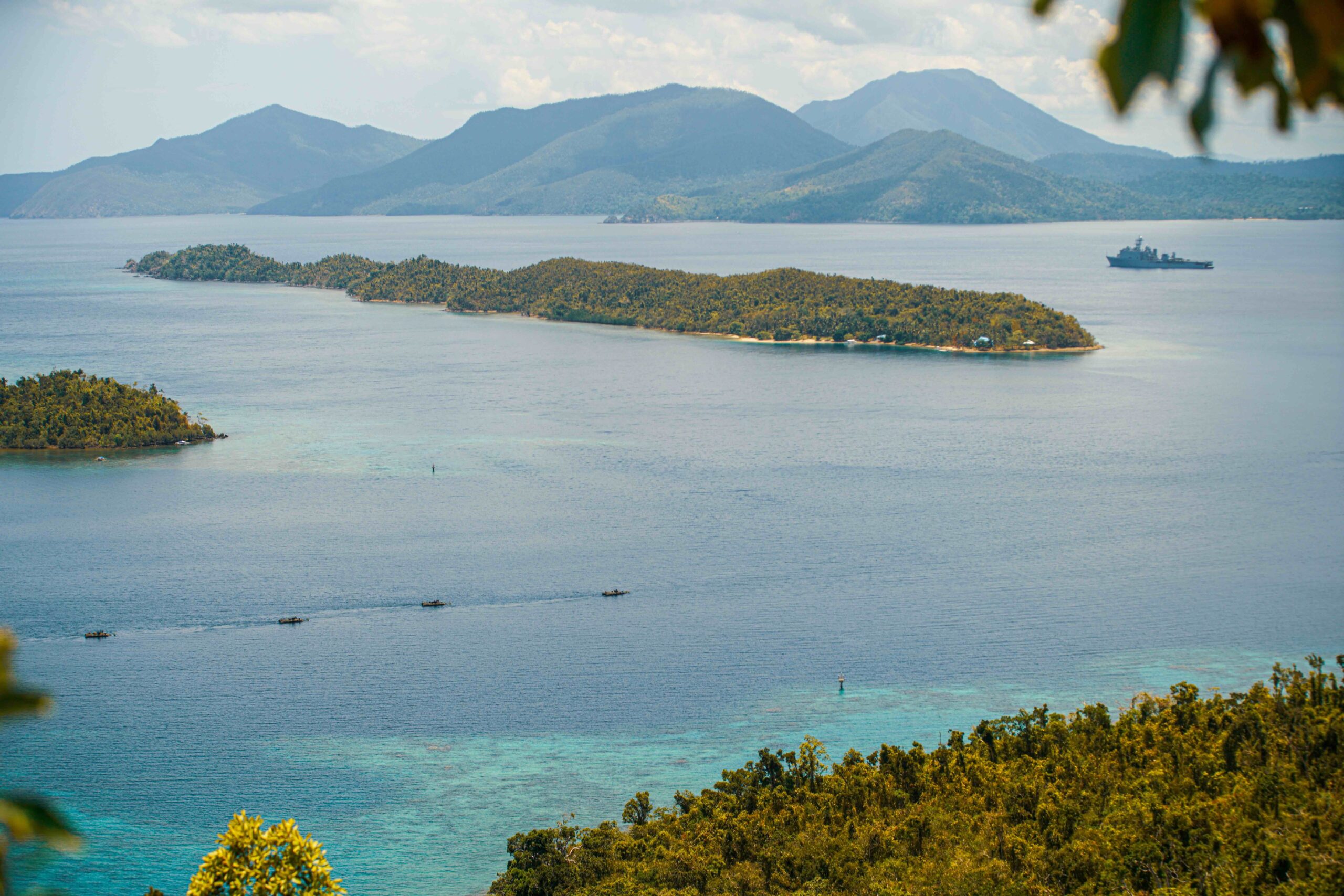
Amphibious Combat Vehicles disembarked from USS Harpers Ferry (LSD-49) and into Philippine waters during Balikatan 2024 over the weekend, marking the maiden deployment of the Marine Corps’ newest armored asset in the Indo-Pacific.
Succeeding the 1970s-era Amphibious Assault Vehicle, the ACV brings updated survivability and tactical mobility to Marines at sea and ashore. The service plans to procure 632 ACVs spread among four variants, which include a personnel carrier, command and control vehicle, recovery variant and a 30-mm turret version.
Attached to the 15th Marine Expeditionary Unit under Alpha Company, Battalion Landing Team 1/5, the ACVs participated in a live-fire gunnery drill at Oyster Bay, Palawan. The ACVs organized into assault sections and engaged shore-based targets with their remotely controlled Mk 19 automatic grenade launchers, according to a news release on the first deployment.
Exercise officials also confirmed the ship-to-shore movement of the ACVs in the Philippines during Balikatan to USNI News, but according to the release, this did not occur during the gunnery drill. Following the firing and maneuvers, the ACVs returned to Harpers Ferry.
“Today’s training is a proof of concept across the Marine Corps for successful ACV employment in its intended environment,” Col. Sean Dynan, the commanding officer of the 15th MEU, said in the release.
Despite challenges brought on by the notable absence of planned Balikatan participant USS Boxer (LHD-4), also slated to carry the new armored vehicles, the 15th MEU still managed to continue the maiden deployment via Harpers Ferry. Capt. Colin Kennard, a public affairs officer with Balikatan, told USNI News that “planners were able to adjust exercise activities to meet bilateral training objectives, given the equipment and personnel available.”
This deployment marks the first operational use of armored amphibious assault transports by the service since a 2020 AAV mishap that resulted in the death of eight Marines and a sailor, which promptly led the service to cease all operations of the aging vehicles outside of the direst cases.
The ACV’s deployment timeline was also disrupted by various issues, from training mishaps in the California surf, to faulty towing mechanisms. The Marine Corps originally planned to deploy the ACVs for the first time with the Makin Island Amphibious Ready Group and the 13th Marine Expeditionary Unit in 2022, but halted the deployment after a training incident that July. The three ships in the ARG had completed ACV certifications prior to the delay.

With this first deployment, the service wants to learn how the ACV performs in the field.
“[The] 15th MEU will continue to provide insights for ACV employment, embarkation, maintenance requirements, logistics trains, and integration with our allies and partners,” according to the release.





